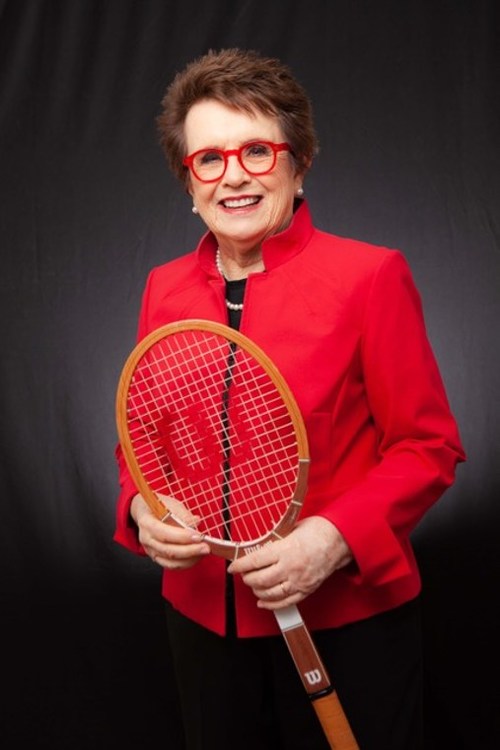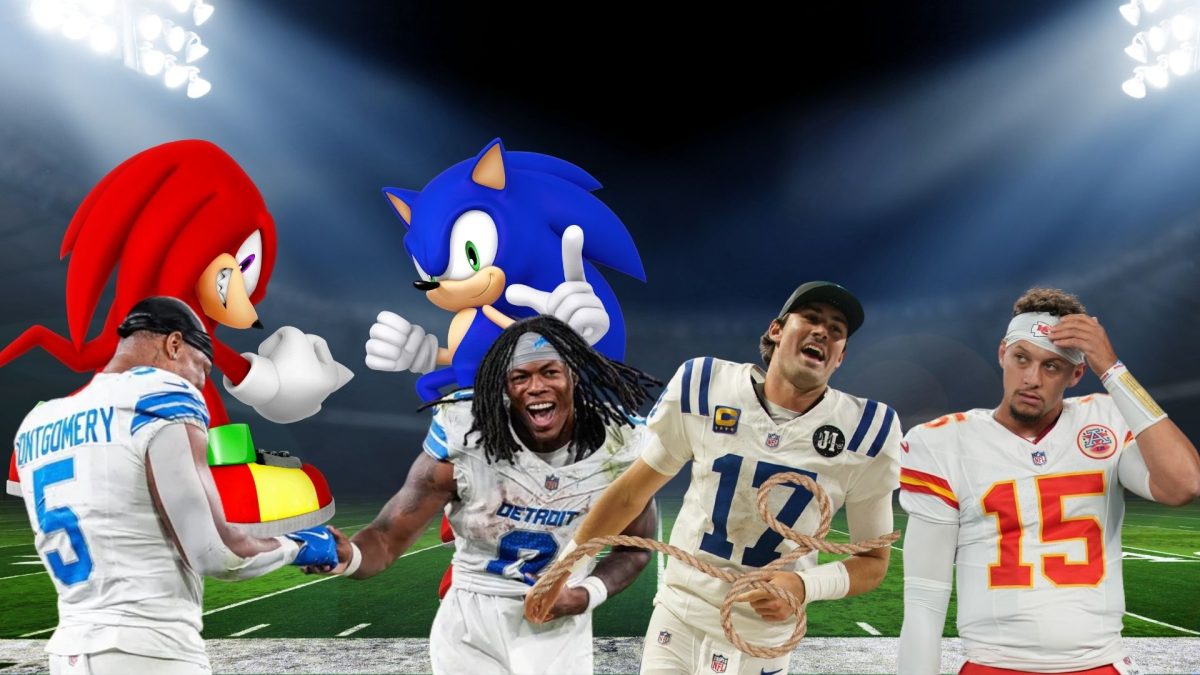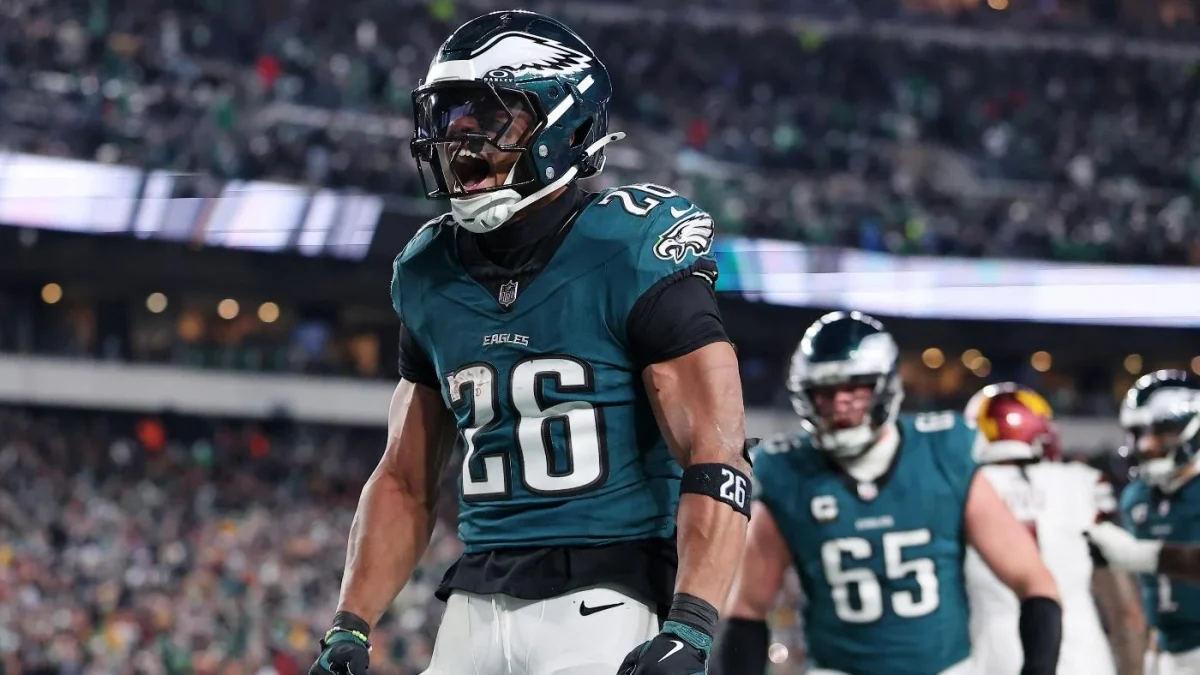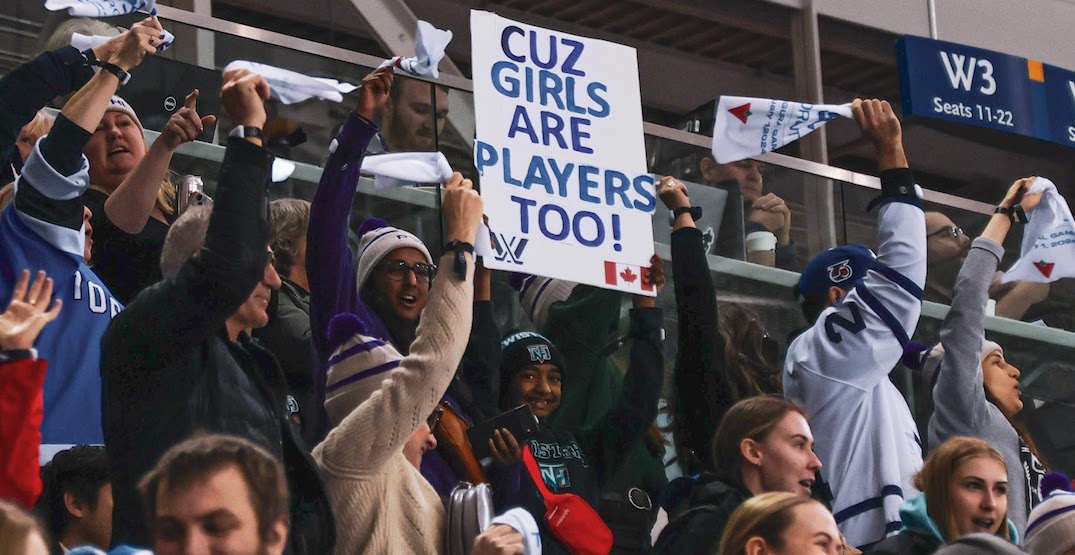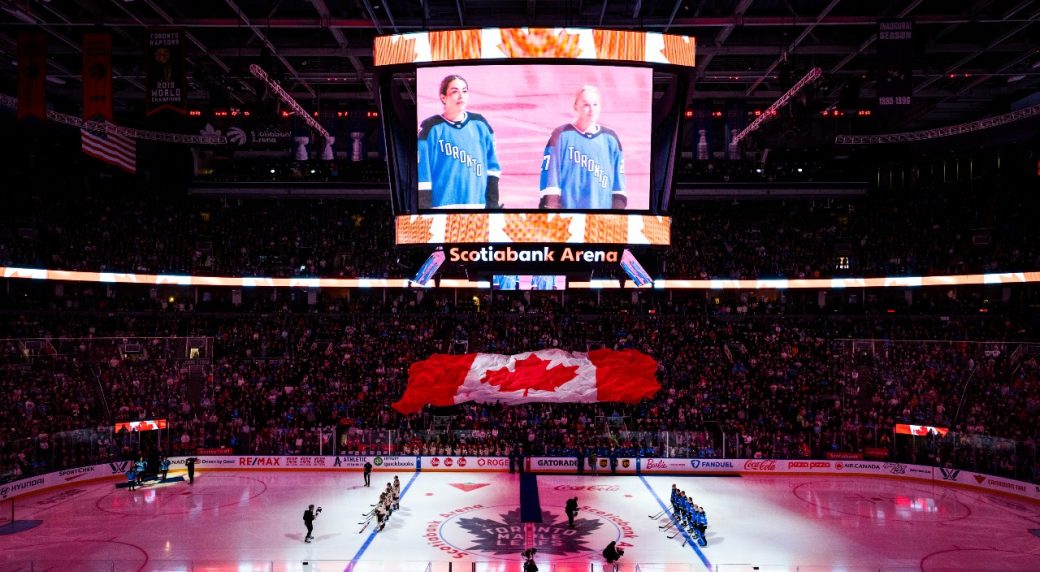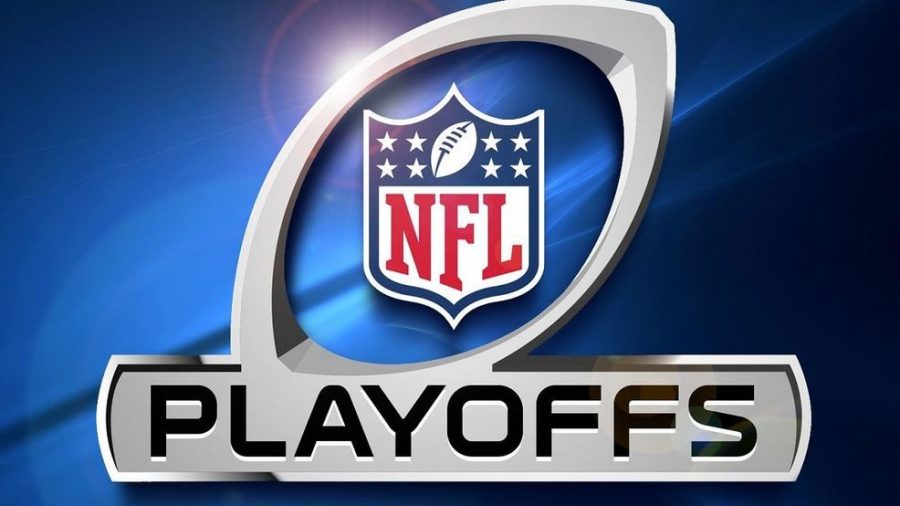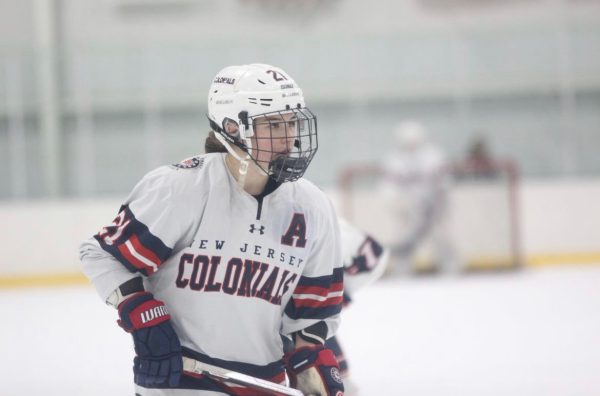The pay gap between men’s and women’s sports is a significant issue that has gained a ton of attention in recent years. This disparity refers to the difference in earnings between male and female athletes, which can be seen across almost every single professional sport. This salary gap between men’s and women’s sports timeline has dated back from the 20th century to the 21st century and here we will look deeper into this real-life dilemma.
In this article, we will look at the complications that female athletes face as they remark on their professional careers in a sport. Even though professional athletes, regardless of their gender, put in the same amount of work, the earnings are still nowhere near equal.
This has caused many difficulties and hardships for female professional athletes, causing them to dedicate a lot more of their time to working and making money in order to sustain themselves and a life. Professional female athlete Hayley Scamurra, who plays in the PWHL for the Toronto Sceptres says, “Earlier in my career, I had to work jobs I never even really had interest in. It was just how I needed to support my husband and I and be able to sustain my life.”
This has meant that many female athletes are often having to have full-time jobs on top of being full-time athletes to survive and sustain a life. The gap varies by industry and country, but the salary gap has always been significantly lower for women. According to the Workplace Gender Equality Agency, the total salary gap for full-time employees is currently 31.5% in the ‘Sports and Physicaly Recreation Activities’ workforce. However, a 2021 BBC Sport study into prize money has found more than 90% of sports pay sportsmen and sportswomen equally at a major championship or event.
In the 1970s Billie Jean King was awarded $600, while her male counterpart, Ili Nastase, was awarded $3,500 at the Italian Open. In 1972, Billie Jean King was awarded $10,000 while Ilie Nastase was awarded $25,000 at the US Open and Richard Nixon‘s administration passed Title IX. Title IX protects individuals from discrimination on the basis of sex. In 1973, Billie Jean King threatened to boycott the US Open due to unequal pay; the US Open became the first Grand Slam to offer equal prize money.
The salary gap is becoming closer, as 5 years ago professional female athletes were making $5,000, now they are making up to $50,000. Although this is not at all where the salary for female’s want it to be, it is still a huge step in the right direction.
This is extremely relevant to everyday life, especially mine because it is a dream of mine to become a professional athlete and be an advocate for women’s sports. I dream to play the sport that I love, but looking into my future and following that dream will unfortunately have to come with working a second job to sustain a family and home if we do not work to fix this issue for not only myself and women now, but for the younger generation to come.

